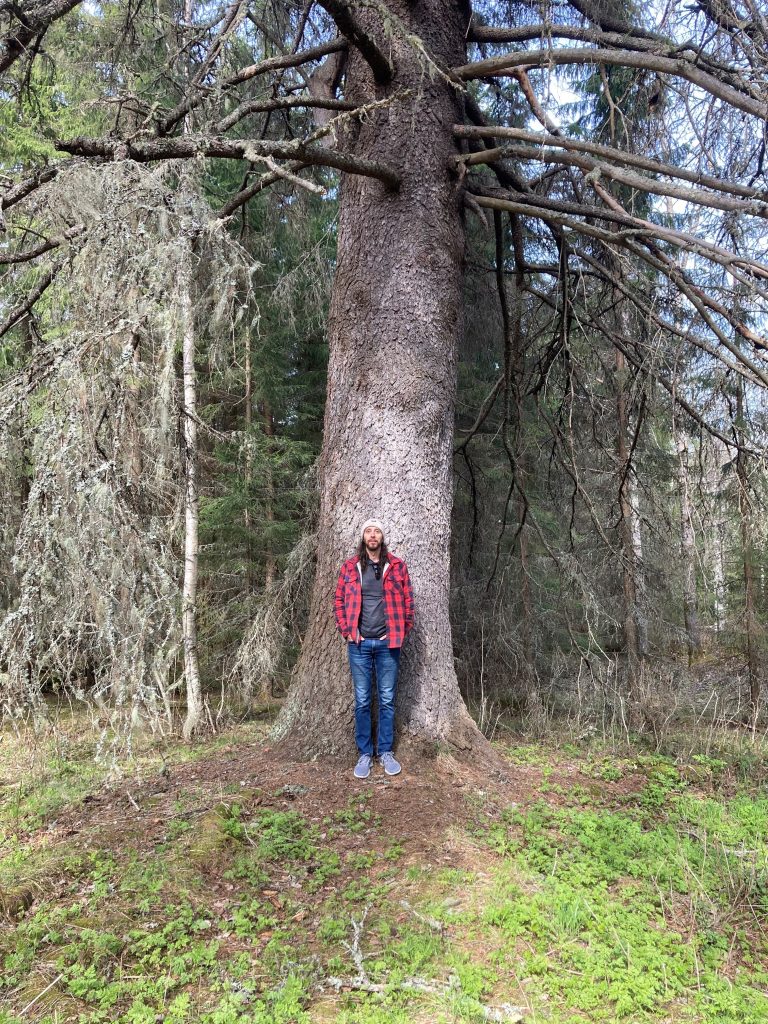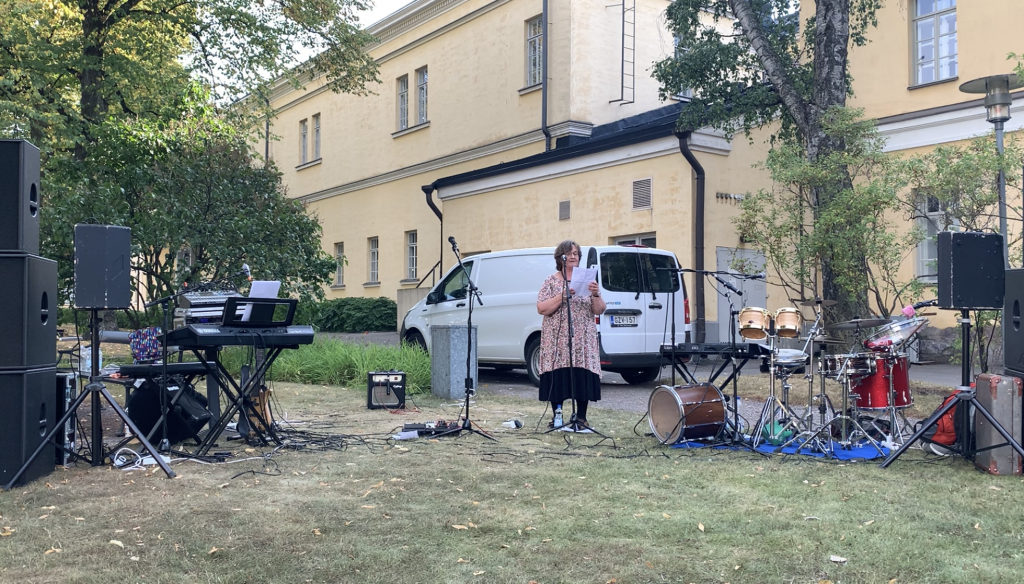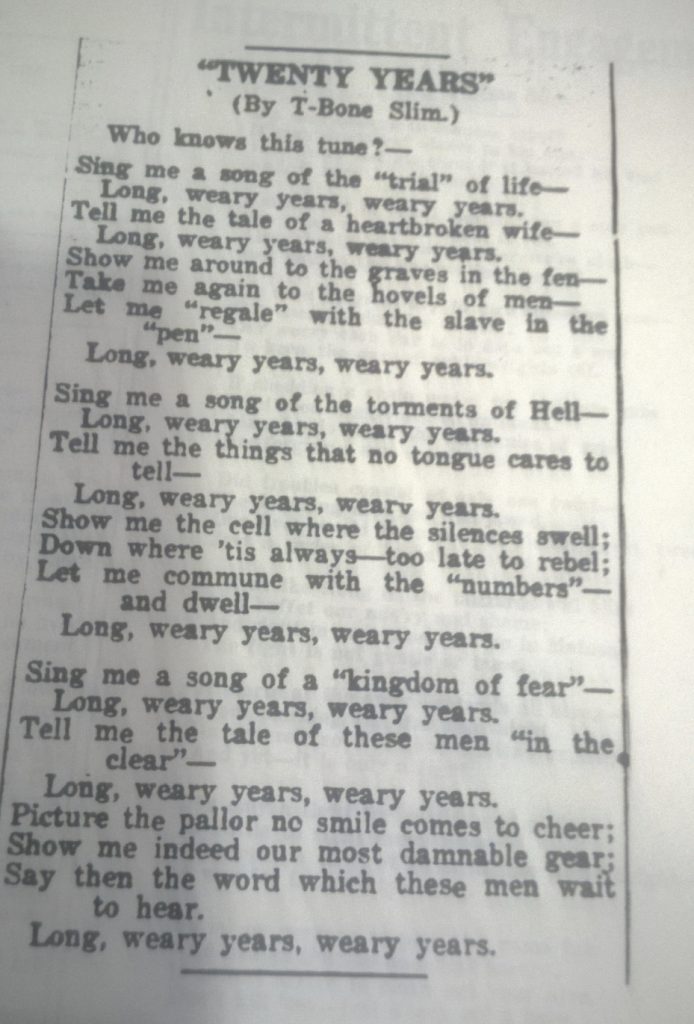T-Bone Slim ja hankkeemme tutkijoita Tervetuloa, tervemenoa-podcastissa
(In English below)
Siirtolaisuusinstituutti tuottaa Tervetuloa, tervemenoa -nimistä podcastia, joka “kertoo Suomeen tulleiden ja Suomesta lähteneiden kiehtovia tarinoita ja selittää ilmiöt niiden takana”. Podcastin uusin jakso käsittelee T-Bone Slimiä, hänen aikansa poliittista ja historiallista kontekstia sekä IWW (International Workers of the World) -musiikkia ja runoja. Jaksossa esiintyvät hankkeemme tutkijat Saku Pinta ja Saijaleena Rantanen sekä taiteilija-tutkija John Westmoreland.
Vaikka jakso käsitteleekin aihetta myös laajemmassa historiallisessa kontekstissa ja peilailee aihetta myös nykypäivän aktivismiin, summaa tämä jakso hyvin ja selkeästi sitä kaikkea mitä olemme tässä Koneen säätiön rahoittamassa ‘T-Bone Slim and the transnational poetics of the migrant left in North America’ -hankkeessa tutkineet. Samalla tulee esille, kuinka tärkeää laajempikin historiallisen ajanjakson ja aikaisemman tutkimuksen hahmottaminen on niin T-Bone Slimiä kuin nykypäivänkin aktivismin ilmiöitä tutkittaessa. Vaikka olemme varmasti hieman puolueellisia, suosittelemme lämpimästi kuuntelemaan! Podcastin lopussa summataan hyvin sitä, miksi T-Bone Slimin ja hänenkaltaisten historialliseen marginaaliin jääneiden yksittäisten ihmisten tutkiminen on merkityksellistä.
Kuuntele podcast alla olevasta soittimesta tai erillisestä linkistä täältä (avautuu uuteen välilehteen). Tervetuloa, tervemenoa -podcast löytyy myös useimmista ilmaisista podcast-sovelluksista sekä Spotifysta.
***In English***
T-Bone Slim and Our Researchers in Tervetuloa, tervemenoa podcast
The Migration Institute of Finland produces a podcast called Tervetuloa, tervemenoa [Welcome, Farewell], which “tells the fascinating stories of those who have come to and left Finland and explains the phenomena behind them”. The latest episode of the podcast looks at T-Bone Slim, the political and historical context of his time, and IWW (International Workers of the World) music and poetry. The episode features our project researchers Saku Pinta and Saijaleena Rantanen and artist-researcher John Westmoreland.
Although the episode also deals with the topic in a broader historical context and mirrors the topic in contemporary activism, it sums up well and clearly everything we have been researching in this Kone Foundation funded project ‘T-Bone Slim and the transnational poetics of the migrant left in North America’. At the same time, it shows how important it is to have a broader historical perspective and an outline of previous research when studying both T-Bone Slim and contemporary activist phenomena. While we are certainly a little biased, we highly recommend a listen! The end of the podcast sums up well why it is relevant to study T-Bone Slim and individuals like him who have been historically marginalized.
Listen to the podcast from the player above or from a separate link here (opens in a new tab). The Tervetuloa, tervemenoa podcast is also available on most free podcast apps and Spotify. The podcast is mainly in Finnish.
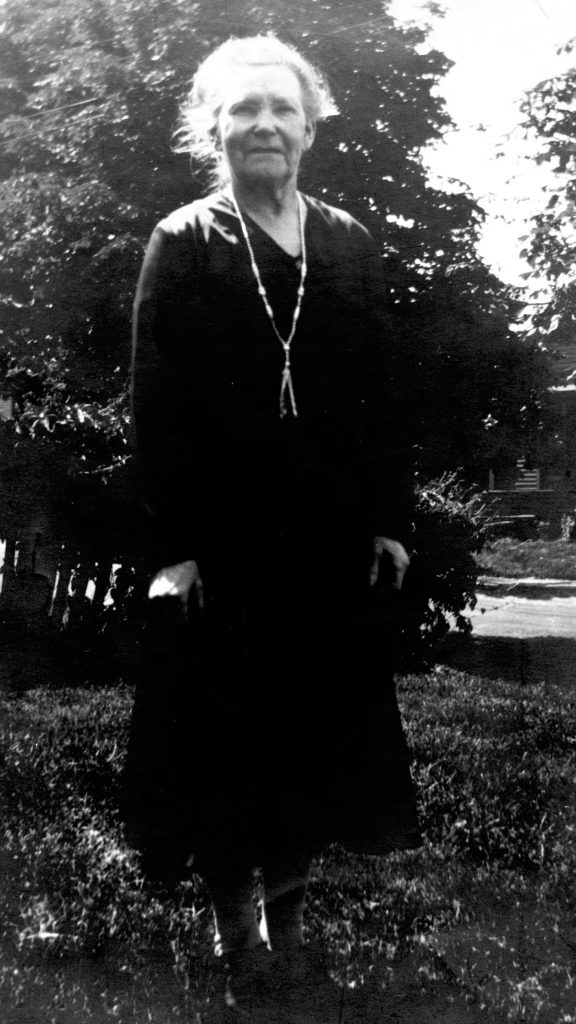
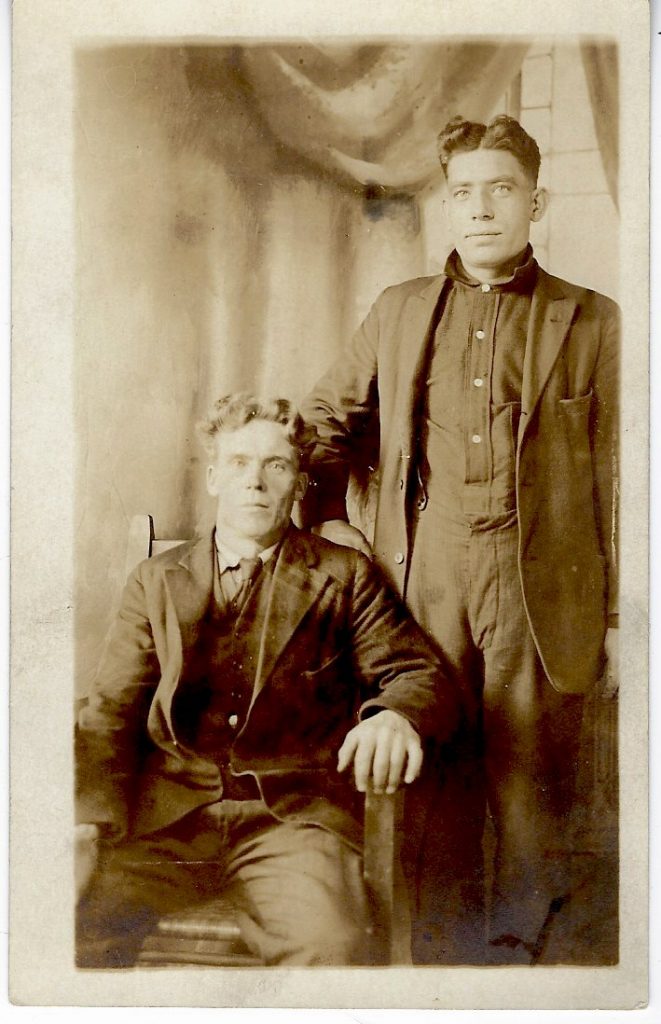

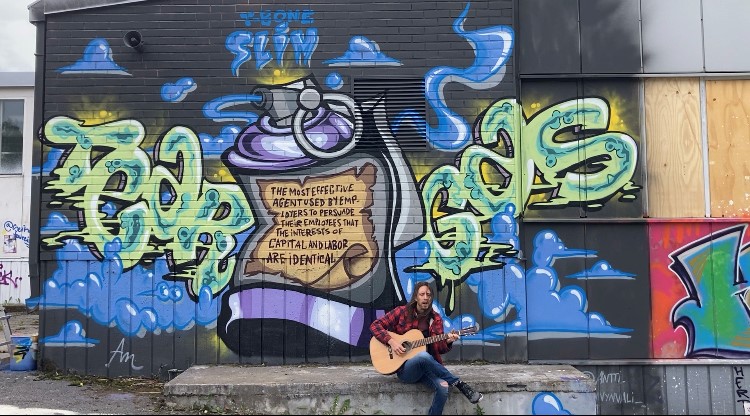

![Man performing on a stage with a guitar. Plants and flowers, three persons playing and singing in the background.]](https://blogs.helsinki.fi/tboneslim/files/2022/08/John-performing-at-Valkeakoski-workers-music-festival-2022.jpg)
